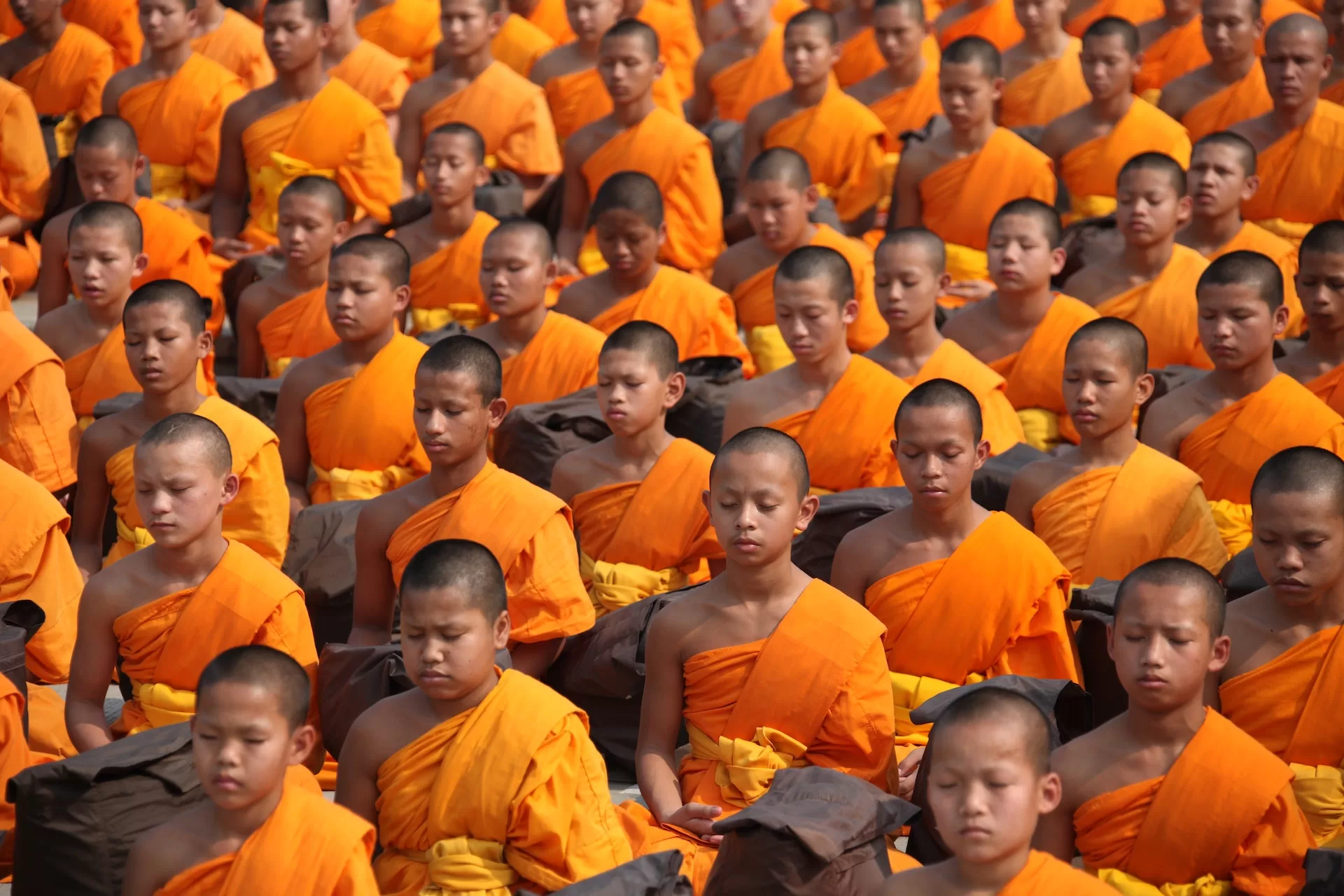Introduction
Dharana is one of the eight limbs of Ashtanga yoga and is the practice of “focused attention.”
To achieve a deep and profound mindfulness, dharana and dhyana must be practiced together. Once reached, this mindful state can grant the practitioner extreme levels of clarity and insight.
What is the Purpose of Dharana?
As The Yoga Sutras of Patanjali states, “Dharana is the intense and immovable gazing on a single point.” This is the purpose of dharana which encourages practitioners to continually maintain their singular focus. To ensure that this focus remains consistent, the object of the dharana can be something internal (such as the breath) or external (like a mantra).
The Benefits of Dharana
The practice of dharana can bring about many beneficial changes within oneself. During these meditative states, the brain oscillates at higher frequencies, allowing for profound clarity to be reached. This means that the practitioner is less likely to be distracted by their thoughts or emotions and is better able to remain in the present moment.
When one is entrenched in dharana, they can observe the contents of their mind more objectively and gain a deeper understanding of their thoughts and emotions. As a result, they can become more open to making positive lifestyle changes.
The Technicalities of Dharana
When engaging in dharana, the goal is to remain focused on a single object. This can be something as simple as a neutral thought or a physical object.
The access to pure consciousness begins with focus and without it, the desired experience will remain just out of reach.
In order to maintain a steady focus, the mind must be constantly reminded of the object or thought that one is trying to sustain their attention on. When the mind strays, it becomes necessary to gently bring the attention back to the object of the dharana. This repetitive reminding of the object of focus trains the mind to remain locked on to its innermost interests.
Once the mind has reached its peak concentration, additional practices should then be incorporated. These practices allow the practitioner to intentionally sink further into their focused states. Such practices can include conscious breathing, or the visualization of the object of the dharana.
Furthermore, in order to reduce the amount of wandering one encounters during their dharana, it is necessary to establish the body in a comfortable and stable physical setup. This could be in the form of a seated pose, posture, or visualization. Holding a steady posture throughout the entire practice of dharana is fundamental, as the body must be in a comfortable state in order for the mind to truly relax and reach a meditative state.
Conclusion
Dharana goes beyond relaxation and is an important step in the practice of Ashtanga yoga. Through this advanced form of meditation, practitioners can reach extreme levels of clarity and insight. While it takes patience and dedication to reach these states, the rewards should far exceed the effort put in. In order to achieve the desired effect of a deep and profound mindfulness, dharana and dhyana must be practiced together. By adhering to the guidelines provided in this guide, practitioners of dharana will be able to quickly and effectively reach the illuminated states that only a practice such as this can bring.

